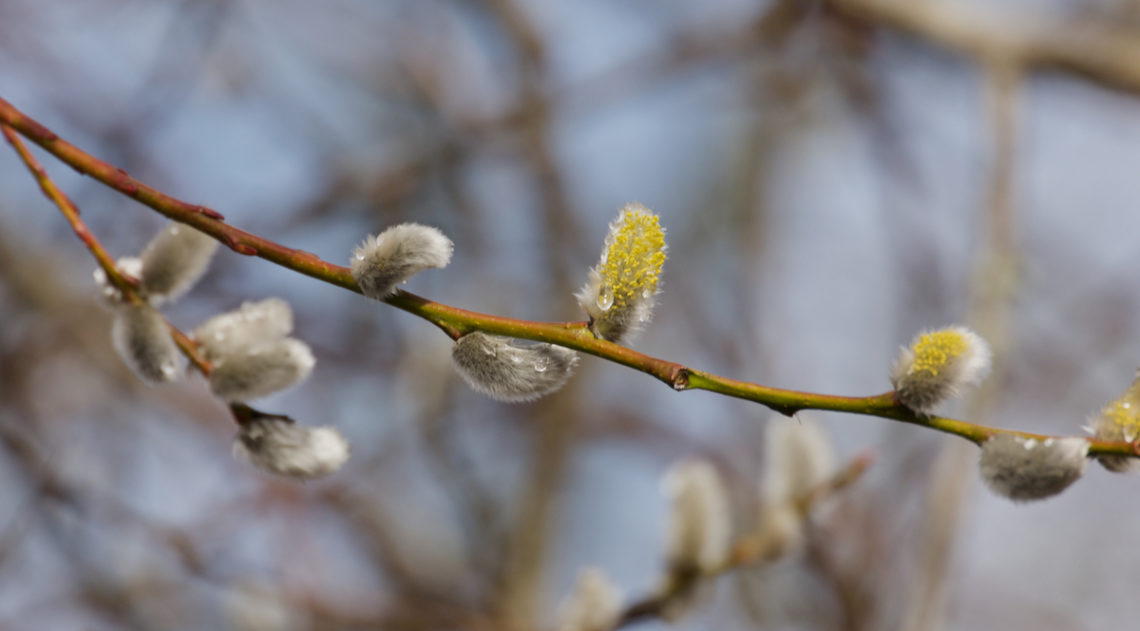
The gentleness of willow
‘See, whirling snow sprinkles the starvèd fields,
The birds have stayed to sing;
No covert yet their fairy harbour yields.
When cometh Spring?
Ah! in their tiny throats what songs unborn
Are quenched each morn.
The lenten lilies, through the frost that push
Their yellow heads withhold:
The woodland willow stands, a lonely bush
Of nebulous gold;
There the Spring-goddess cowers in faint attire
Of frightened fire.’
Robert Bridges, The Palm Willow, from The Poetical Works of Robert Bridges, Book V, Vol II (1899)
The weather that we’ve been having recently reminded me of Robert Bridges’ lovely poem, The Palm Willow. The equinox is approaching, and so many signs of spring are already here: the buds are swelling on the trees, the daffodils are fully open, the birds are singing their hearts out morning and evening, and the sun is – very occasionally – beginning to feel warm, if you’re well wrapped up and keep walking. Even a couple of bumblebees are blundering about, bombing their way noisily from one flower to the next.
But then, to the north-west, the hills of Mull disappear, and the islands in between are swallowed up one by one in a white cloud that advances quickly across the sea. A few flakes start to float about and then the air is whirling with snow, beating against the windows with an insistent patter, sweeping and settling into all the pockets of hedge and lawn.
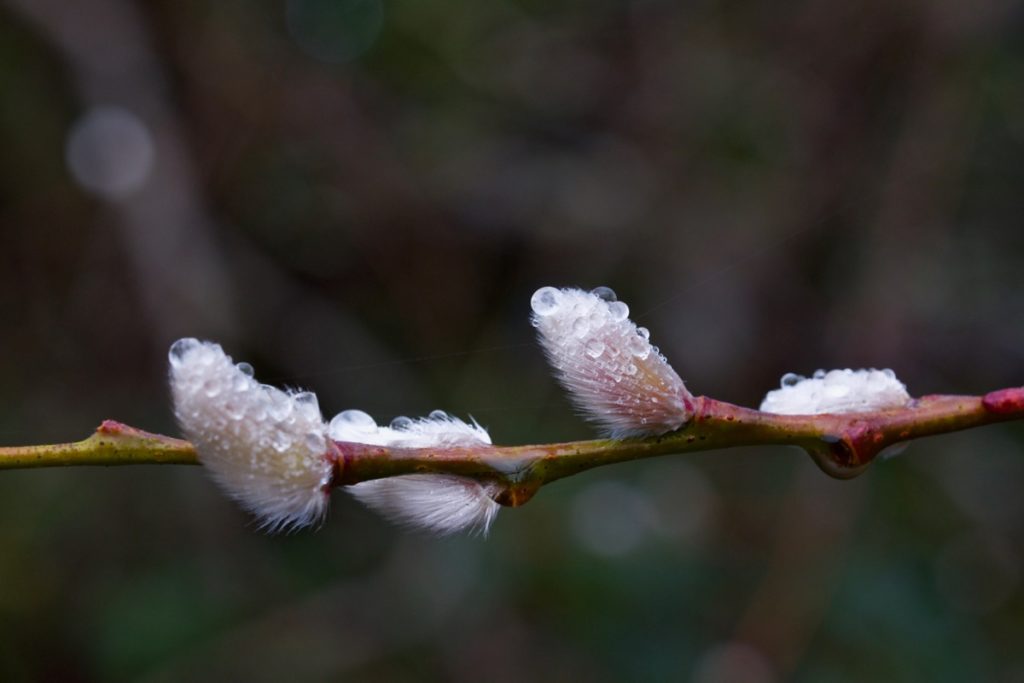
On the willow tree up the lane, the first catkins (above) were out in February, in all their perfect silvery fluffiness. We went up there this afternoon and saw that masses of tiny flower-stamens are now emerging and dusting the silky hairs with brilliant yellow. Viewed against a blue sky, the effect is spectacular. Willows are a great source of pollen and nectar for early bees and butterflies, and before long these catkins will be humming with insects.
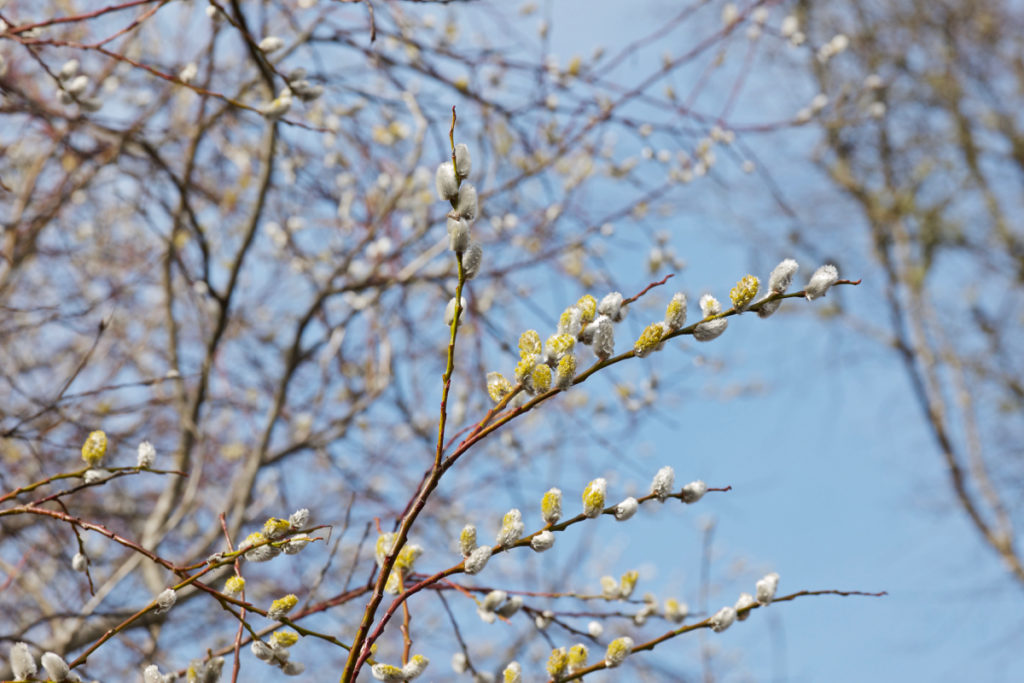
In The New Sylva, Gabriel Hemery says that at least 18 species of willow and a further 27 hybrids are native to Britain. He adds: ‘Like poplar, willow hybridises freely, making identification an ever-shifting challenge. Even differentiating between species can require expert botanical skills.’ With this caution in the back of my mind, I’m just going to stick to the name ‘willow’, even though it would probably be fair to say that a willow tree with rounded oval leaves is likely to be a goat willow.
Willows are dioecious, in other words there are male and female trees, and catkins can be found on both, but it is the male trees of the goat willow (Salix caprea) that bear the endearing ‘pussy willow’ catkins. In some places these were once known as ‘goslings’, because when they were covered in yellow stamens they reminded people of newly-hatched geese. Sprays of willow catkins were cut to decorate churches at Easter, but apparently in Shropshire it was considered bad luck to bring the ‘goslings’ inside, for fear that no real goslings might be hatched!
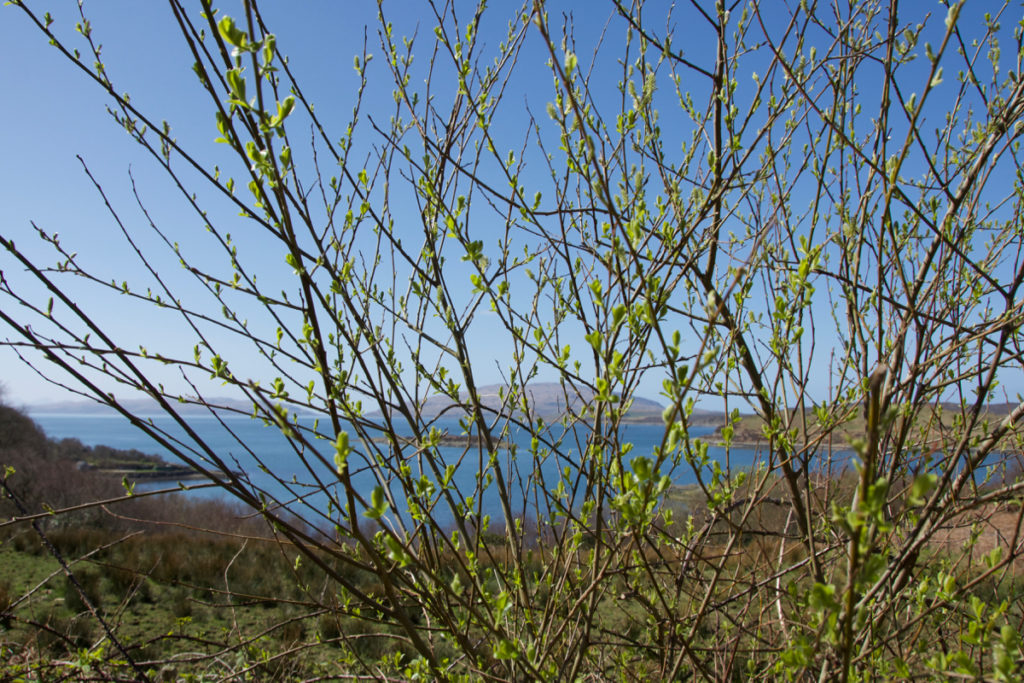
Willow leaves just emerging, Craignish peninsula
Following the retreat of the ice after the last glacial period (about 11,000 years ago), willows were among the first species to colonise the newly-exposed ground, in company with hazel and birch. These water-loving, resilient trees must have been especially useful to the first humans who foraged and settled here. In Wayside and Woodland Trees (1904) Edward Step writes that ‘the name willow is the Anglo-Saxon welig, indicating pliancy, willingness,’ and for countless centuries the slender, flexible branches of willow have been woven into screens, hurdles and baskets.
‘The purple osier (Salix purpurea) is one of a number of willow species that may be called a ’withy’, referring to its use in basket weaving.’ Gabriel Hemery, The New Sylva
Willow trees were often pollarded (pruned back to a certain height above the ground), which encourages a dense head of young growth that could be harvested repeatedly. This age-old practice is still continued in places like the Somerset Levels. Alternatively, offcuts of willow were simply pushed into the ground and allowed to grow into a fence or hedge.
But willow was strong as well as flexible. In 2015, the remains of an Iron Age shield were discovered near Enderby in Leicestershire. It had been cut out of a piece of willow bark, with a willow handle and a central boss made out of willow basketry. Believed to date from between 395 and 255 BC, it is the only example of a bark shield ever found in Europe. Various attempts to reconstruct it were displayed in a recent episode of ‘Digging for Britain’, which proved that the wood was lightweight but well able to withstand impacts.
A modern-day equivalent (or so it could be argued!) is the use of willow to make cricket bats. A specific, fast-growing variety known as cricket bat willow is cut into lengths or ‘clefts’ that are air-dried for 12 months and then fashioned into high quality bats that have a superb natural spring.
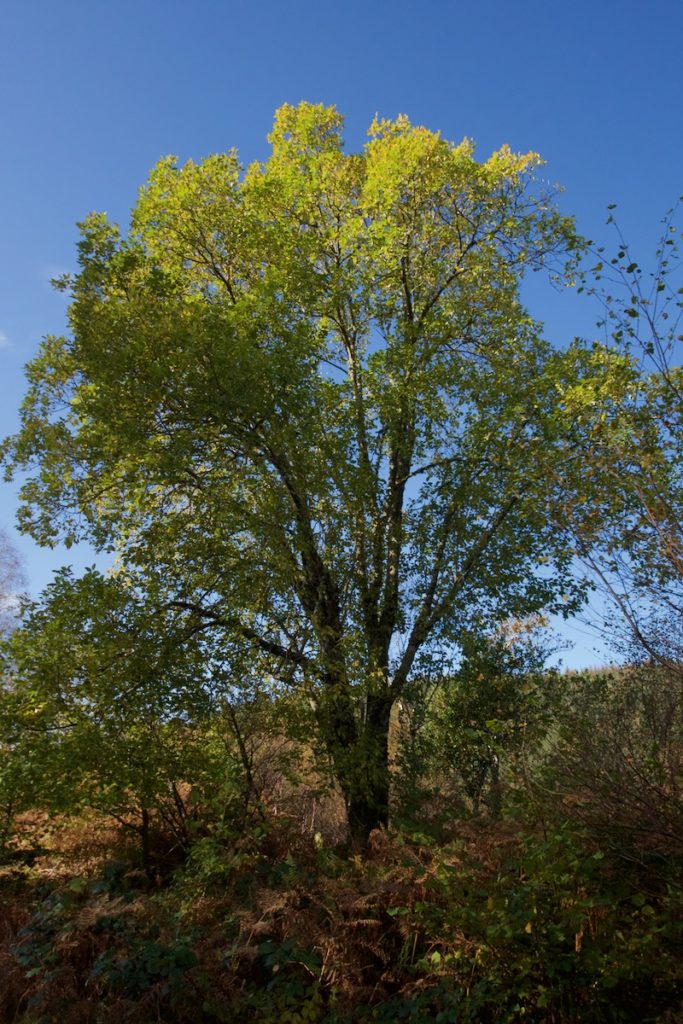
Willow tree, Knapdale
Willow has also been chosen for making Irish harps; its bark was used for tanning leather; its dried leaves were fed to cattle; and its soft, downy seeds (such as those of white willow, Salix alba) were collected and stuffed into mattresses. The medicinal properties of its bark and leaves, which contain a natural painkiller (salicin) have been known for centuries: a decoction of willow bark was a natural remedy for all kinds of pain, including toothache and arthritis. In the 1800s salicin was refined into salicylic acid, which was further developed and incorporated into drugs such as aspirin.
With their roots happiest in waterlogged ground, big willow trees are often found hugging the edges of pools and rivers. There are also willows (for example downy willow, Salix lapponum and woolly willow, Salix lanata), that survive at high altitudes in the Scottish Highlands, having adapted to the cold, windy environment by growing close to the ground. The weeping willow (Salix babylonica), a native of northern China, was traded for centuries along the Silk Road; in the 1700s it arrived in Britain and soon became naturalised.
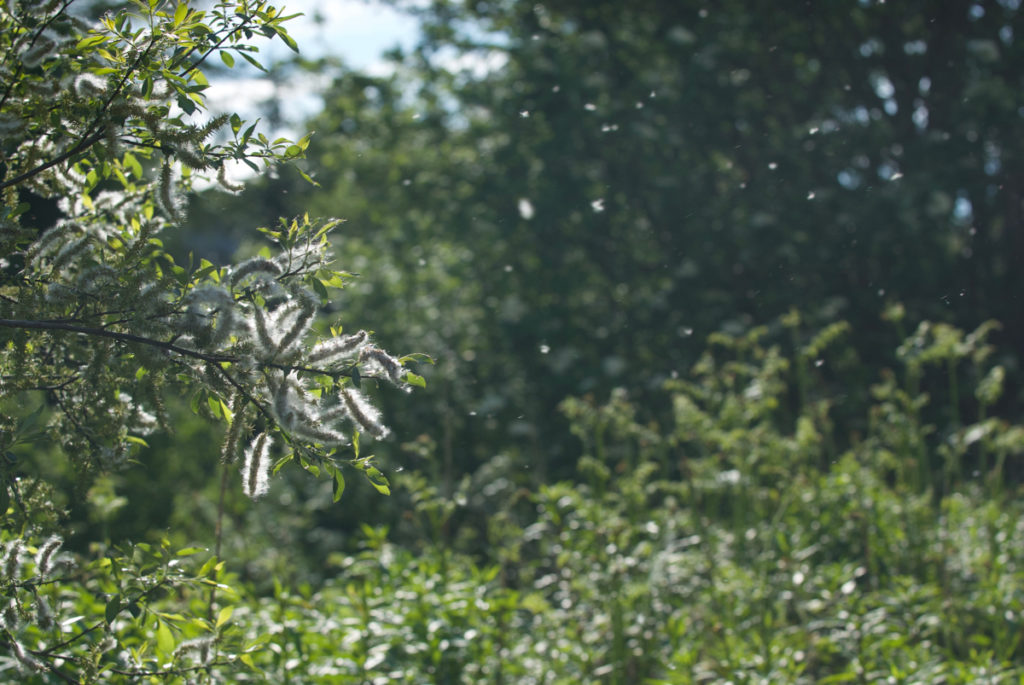
Willow seeds (possibly grey willow) dispersing on the wind
Writing in Trees of Britain and Ireland, Edward Milner explains that ‘in Ireland, the sally (goat willow) has power against enchantment, and it is still regarded as lucky to take a sally rod with you on a journey.’ A willow twig placed above the door would deter witches, and a milk churn with a peeled willow rod tied round it would produce good butter.
A sprig of willow is traditionally regarded as an emblem of heartbreak: spurned lovers were once considered to be ‘wearing the willow’, both literally and metaphorically.
The 17th century poet Robert Herrick writes:
When once the Lover’s Rose is dead,
Or laid aside forlorne:
Then Willow-garlands, ‘bout the head,
Bedew’d with teares, are worne.
(From To the Willow-tree, The Complete Poems of Robert Herrick, 1876)
In Shakespeare’s The Merchant of Venice, Lorenzo recalls Virgil’s Aeneid and the love affair between Dido and Aeneas, and declares:
In such a night
Stood Dido with a willow in her hand
Upon the wild sea banks, and waft her love
To come again to Carthage.
(Act V, Sc.1)
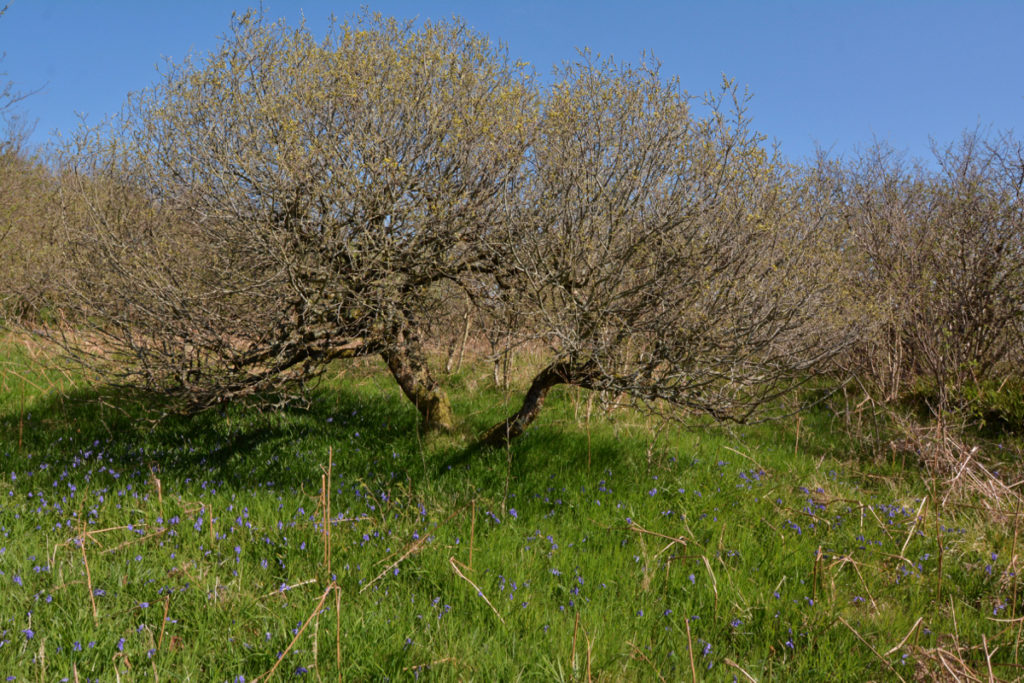
Willow in Ballachuan hazel wood
Willows thrive here in Argyll, mingling with birch and hazel on many of the windswept coastal hills and woods that get such a high and persistent rainfall. In summer it’s easy to overlook them, because they are neither large nor showy, but in early spring they gift us precious signs of new life, at a time when the earth is still asleep and the Cailleach of winter hasn’t quite given up conjuring snowstorms out of a blue sky.
–
The traditions, remedies, superstitions and folklore of many more trees can be found in my book, ‘Britain’s Trees‘.
–
Reference:
Gabriel Hemery and Sarah Simblet, The New Sylva (2014)
Richard Mabey, Flora Britannica (1996)
Roy Vickery, A Dictionary of Plant Lore (1995)
Edward Milner, Trees of Britain and Ireland (2011)
Edward Step, Wayside and Woodland Trees (1904)
Roger Deakin, Wildwood (2007)
The Enderby Shield: The British Museum and University of Leicester Archaeological Services
This blog post by Loch Leven Nature Reserve helps to identify some of the common species of willow.
Photos copyright Colin Woolf



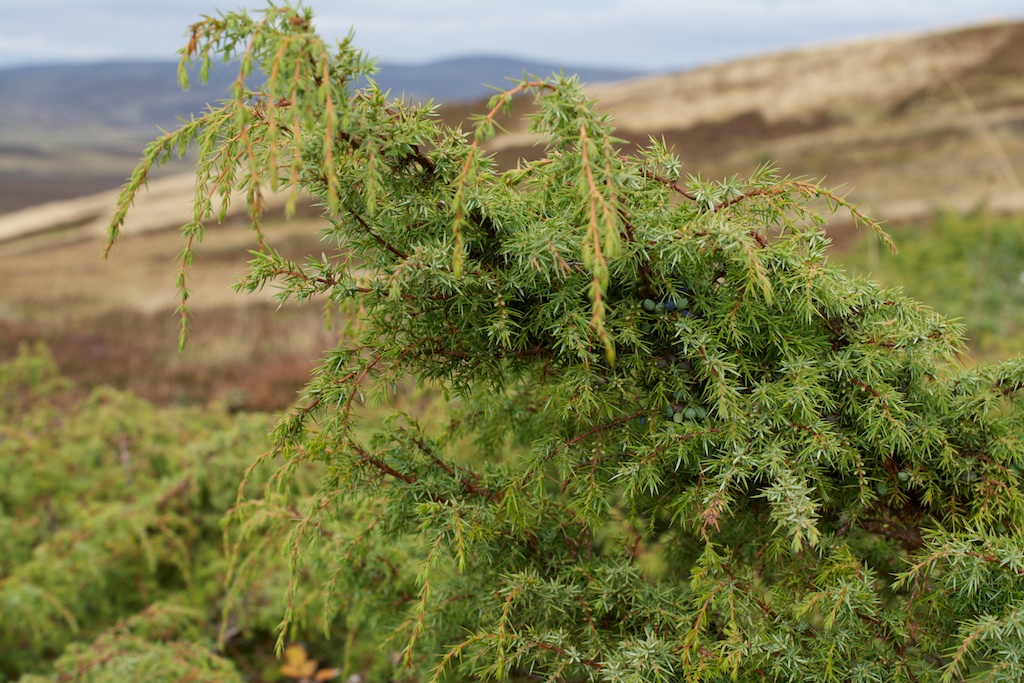
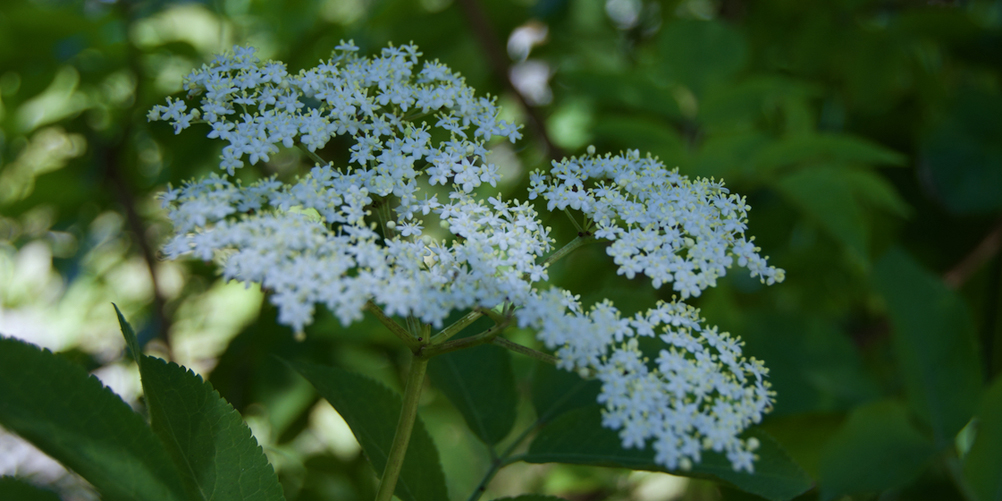
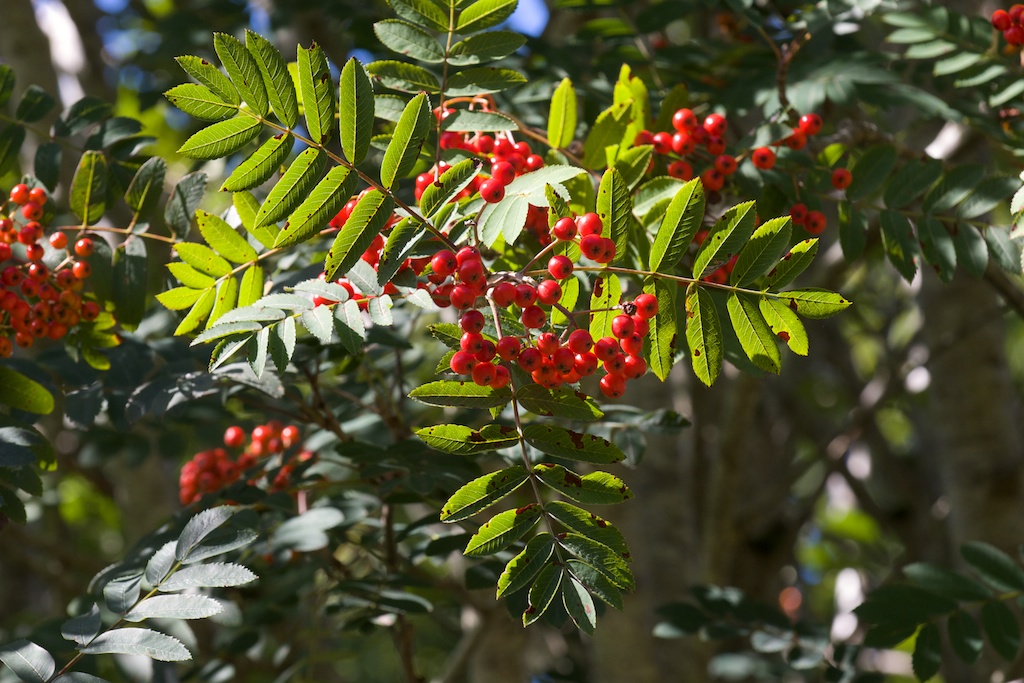
12 Comments
John MacLean.
A lovely article, thanks. Lots of willow blossom out for the happy bees at the north end of Iona.
Jo Woolf
Thank you John, and that’s very good to hear!
Norma Dowling
I’ve very much enjoyed your article, thank you. Here on Mull and Iona we have been having Tree and Cake events. People introduce us to there favourite tree and tell us what it means to them.We then enjoy the tree with them and share cake! My husband did Hazel recently and we did ‘do’ willow last year.
Jo Woolf
Thank you, Norma. That sounds like a brilliant idea! Trees and cake – nothing better!
Lee McAulay
Writing from the middle of England, I’m peeved that our local council thought to pollard the massive willows all along the river at the edge of town – just at the start of catkin season. The trees will survive, of course, and show signs already of new growth, but all that potential for pollen and nectar, all that habitat – destroyed. “Grrr” is too short a word.
Jo Woolf
I have tried to discover the recommended time for pollarding willows – the Arboricultural Association says late spring to summer, which allows time for the flowers to come and go. I would share your frustration! I don’t like seeing any trees lopped or cut down, although sometimes it’s essential for their welfare.
Finola
Beautiful post, Jo – inspirational for the one I am working on at the moment.
Jo Woolf
Thank you very much, Finola! That’s interesting, I look forward to reading it.
Bob Hay
A tree for all seasons Jo. What would humanity have done wihout them.
Jo Woolf
Yes, so true! I’d love to go back and see the landscape as it was in post-glacial times.
Carol GRAHAM
Such a very beautiful article about willow!
I must say I was very happy to have discovered your fabulous blog when I was looking for information about Castle Dounie just now. I loved that post, and now not only have I discovered this beautiful post about willow but also that we live on the same peninsula!
The ancient practice of producing willow for baskets is alive a well ‘over the hill’. Do call in if you’re passing!
Jo Woolf
Thank you very much Carol, and it’s so nice to hear from you! Would love to call in sometime, and you’re welcome to do the same. I’d be very interested to see what you do – had a quick look at your website and it looks amazing.